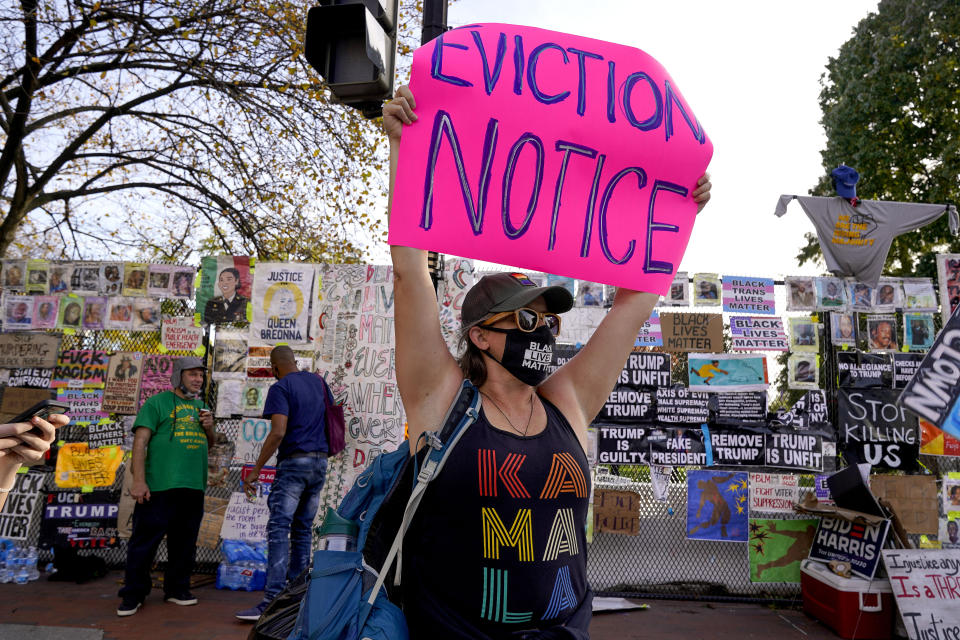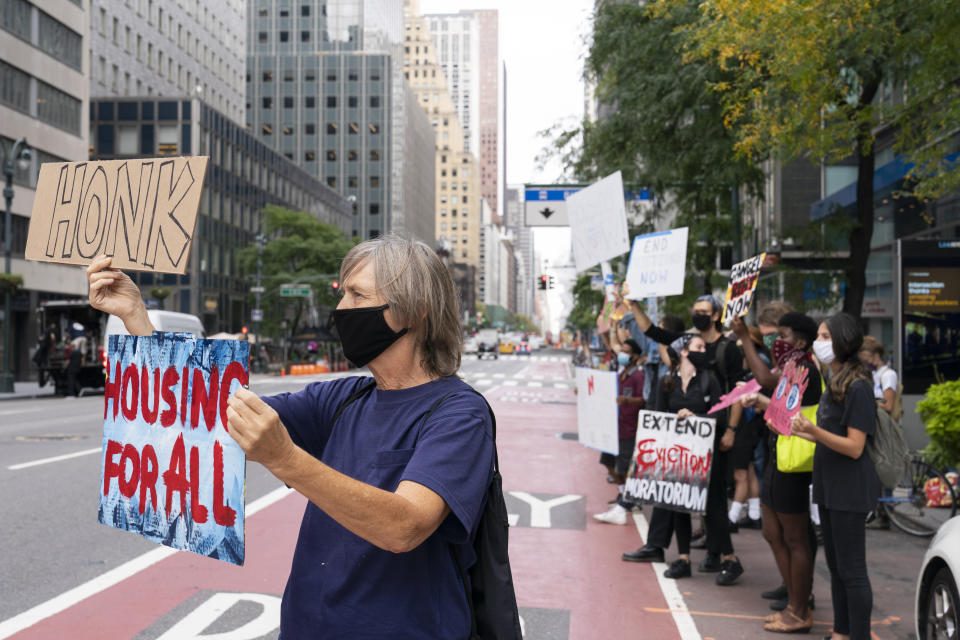Struggling renters put pressure on landlords to sell or tighten tenant screening
Many renters are struggling to stay afloat amid the coronavirus pandemic, a pair of recent studies showed, putting increasing pressure on their landlords.
About 1 in 12 renters — or 2.82 million households — missed, delayed, or made a reduced payment in September, according to the Mortgage Bankers Association, a trade organization. The percentage of renters receiving unemployment benefits more than doubled from April to September, increasing to 7% from 3%, the internet panel survey of over 8,000 households found.
“There’s an awful lot of evidence that federal support in terms of stimulus checks and the paycheck protection program have really done a tremendous job of supporting households in making rental payments,” said Jamie Woodwell, MBA’s vice president of commercial real estate research. “But some of those resources are starting to wane.”

In a separate survey of 1,381 landlords from Avail and the Urban Institute, 35.2% landlords didn’t receive 100% of rent payments for September, and a slightly larger share — 38.1% — didn’t expect to get full payments for October.
More than three-quarters of landlords who didn’t get September payments said that their tenants “didn’t or can’t pay in full,” according to the survey from the advisory platform for mom-and-pop landlords, while 12.9% offered their tenants a discount to ease the financial burdens of the pandemic.
Key aid is running out
The results come as government aid runs out and rental assistance is harder to find.
Jobless Americans already experienced two financial cliffs: first, the expiration of the extra $600 in weekly unemployment benefits under the CARES Act in July and the second, the expiration of the extra $300 under Lost Wages Assistance (LWA) program in September.
Read more: Here's what you need to know about the new eviction moratorium
The expiration of two other government programs at the end of the year could leave up to 15 million more out-work-Americans without any unemployment benefits.
At the same time, the National Low Income Housing Coalition found that nearly a third of city and county level rental assistance programs were on hold or their funds had dried up.
Snowball effect on landlords

This can have a snowball effect on property owners, too, both studies highlighted.
Over the second and third quarters, 11.0% of renters have missed one payment over the two quarters, 4.0% missing two payments, 2.8% missing three payments and 3.8% missing four or more payments, according to MBA. As a result, rental property owners have lost up to $9.2 billion in Q3 2020 from these missed payments.
Read more: Here's how to negotiate with your landlord if you’re facing eviction
As missed payments add up, landlords are implementing stricter criteria when screening new clients. The Urban Institute and Avail study found that 35.6% of landlords have tightened their criteria, with 50% of Black and Hispanice landlords focusing on previous evictions when choosing tenants. This is in comparison to 35% for white landlords.
Many landlords are also considering selling their properties. The same study found that about 31% of landlords felt they were more pressured now than pre-pandemic times to sell their property, especially among those who didn’t receive full rent in September.
Earlier this year President Trump had utilized the Centers for Disease Control and Prevention’s authority to enact an eviction moratorium until December 31. Borrowers who met a set of criteria and filled out a declaration form on the CDC’s website, could defer rental payments.
Read more: Rental aid: Here's where you can find help in every state
But experts worry that an avalanche of evictions may follow once this moratorium lifts at the end of the year.
“We definitely see some churning and those who miss three, four, or five payments are in serious trouble,” said Eddie Seiler, associate vice president at MBA. “After one payment, you're at the edge of the cliff.”
Dhara Singh is a reporter at Cashay and Yahoo Finance. Follow her on Twitter at @Dsinghx.
Read more:
Mortgage forbearances tick higher as homeowners reactivate payment deferral plans
Landlords can start the eviction process despite moratorium, government says
Housing expert: Eviction moratorium are ‘not enough’ during pandemic
‘Gone in 90 minutes:’ Rental Assistance is quickly running out for struggling renters
Read the latest financial and business news from Yahoo Finance and Yahoo Money
Follow Yahoo Finance on Twitter, Facebook, Instagram, Flipboard, SmartNews, LinkedIn, YouTube, and reddit.

 money
money 
